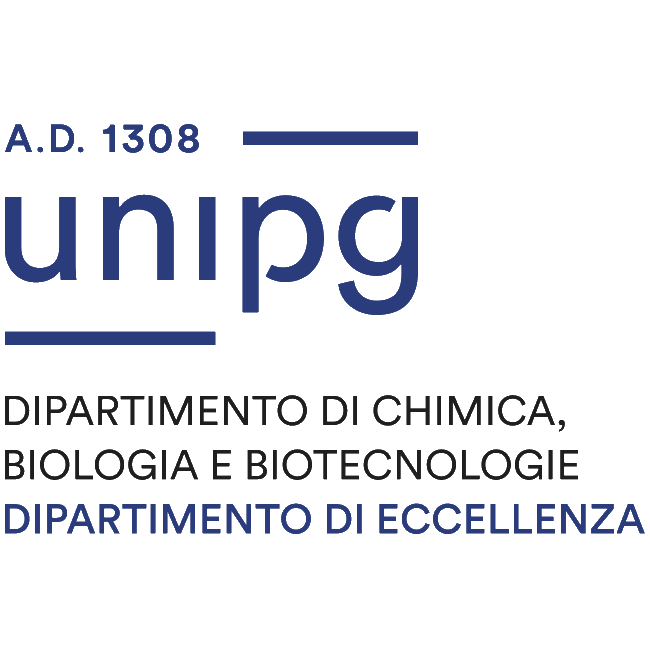Research area
Unit: Chemical Reaction Dynamics (Coordinator P. Casavecchia)
The dynamics of elementary gas-phase reactions of a variety of atoms (such as O, N, C, Cl, S) and radicals (such as OH, C2, CN) with simple as well as complex molecules (from H2 to hydrocarbons) of interest in atmospheric-, combustion- and astro-chemistry, are investigated by using the crossed molecular beam scattering technique with mass-spectrometric detection. Recently, the technique of the “soft” electron-ionization for product detection, which permits to suppress the dissociative ionization of interfering species, has been successfully implemented for the first time. This technique permits to identify all possible reaction products from a multi-channel polyatomic reaction, characterize their reaction dynamics, and determine the branching ratios. Recently, a new laboratory has also been built, where characterization of the internal quantum states of the atomic and radical beams used in the crossed beam reactive scattering studies, is accomplished by using the techniques of Laser-Induced-Fluorescence (LIF) and Resonance-Enhanced-Multi-Photon-Ionization Time-of-flight (REMPI-TOF). Very recently, the capability of studying radical + radical reactions in crossed-beams (such as O + allyl and O + methyl) has also been developed. For simple systems the experimental results are often compared with theoretical predictions from quantum and/or quasiclassical scattering calculations on ab initio potential energy surfaces.
Unit: Collisional studies with molecular beams: Molecular alignment, potential energy surfaces and photoionization (Coordinator F. Pirani)
Collisional studies are carried out with an experimental apparatus using effusive and supersonic molecular beam sources, a rotating slotted disks velocity selector, a magnetic analyzer, a scattering chamber, and a quadrupole mass spectrometer measuring beam intensity and its attenuation. Cross section measurements, performed under high angular and velocity resolution conditions, provide quantitative information on the intermolecular interaction between projectile and target. A parallel effort is performed to understand the nature and to model the behavior of the relevant potential energy surfaces. Applications involve the study of the stereodynamics of elementary processes in chemical kinetics, laser emission, energy transfer processes, ionization phenomena, neutral and ion molecular reactions of interest for combustion, astrophysical chemistry, and molecular absorption at surfaces of interest for catalysis.
Unit: Computational Dynamics and Kinetics (Coordinator N. Faginas Lago, in collaboration with Prof. A. Laganà)
Design and execution of accurate quantum, classical and semiclassical calculations of probabilities, cross sections and rate coefficients of chemical reactions relevant to the modeling of gas phase processes of interest for technological and environmental problems (air pollution, spacecraft re-entry, laser technologies, cold plasmas). Molecular dynamics approaches to the design and simulation of chemical processes for innovative materials and biological applications. Design and implementation of algorithms aimed at estimating observable properties of molecular systems on parallel and distributed platforms. Management of the COMPCHEM Grid Virtual Organization and development of software tools for the evaluation of user and service quality. Virtual reality applications to molecular sciences, e-learning and virtual campuses. Modeling of environmental problems of secondary pollutant production in the atmosphere.
Unit: Theory of elementary chemical processes (Coordinator V. Aquilanti)
Quantum and Semiclassical theory for elementary chemical reactions involving three and four atoms. Hyperspherical harmonics and their discrete analogues for the quantum treatment of reactive collisions. Theory of nonadiabatic processes, cold collisions. Hyperspherical approach semiclassical and classical dynamics of to many-body systems. Chirality manifestations in molecular collisions. Potential energy surfaces of tetratomic chiral molecules, internal modes with inversion of chirality. Atom-chiral molecule collision simulations. Hyperspherical representation of potential energy surfaces. Quantum and semiclassical spin networks and application to molecular dynamics and spectroscopy. Exact calculation and asymptotic approximation of nJ symbols, detailed properties for n=2,3 and disentangling of growing complexity spin networks in the classical limit.
Unit: Role of elementary reactions in astrochemistry and gas-phase prebiotic chemistry (Coordinator: N. Balucani)
The experimental study of elementary reactions of interest in astrochemistry and gas-phase prebiotic chemistry is achieved by means of a Crossed Molecular Beam Apparatus with Mass-Spectrometric detection. The experimental results are interpreted in the light of ab initio and RRKM calculations. The implications in the chemical evolution of interstellar clouds and planetary atmospheres up to prebiotic molecules are assessed.


